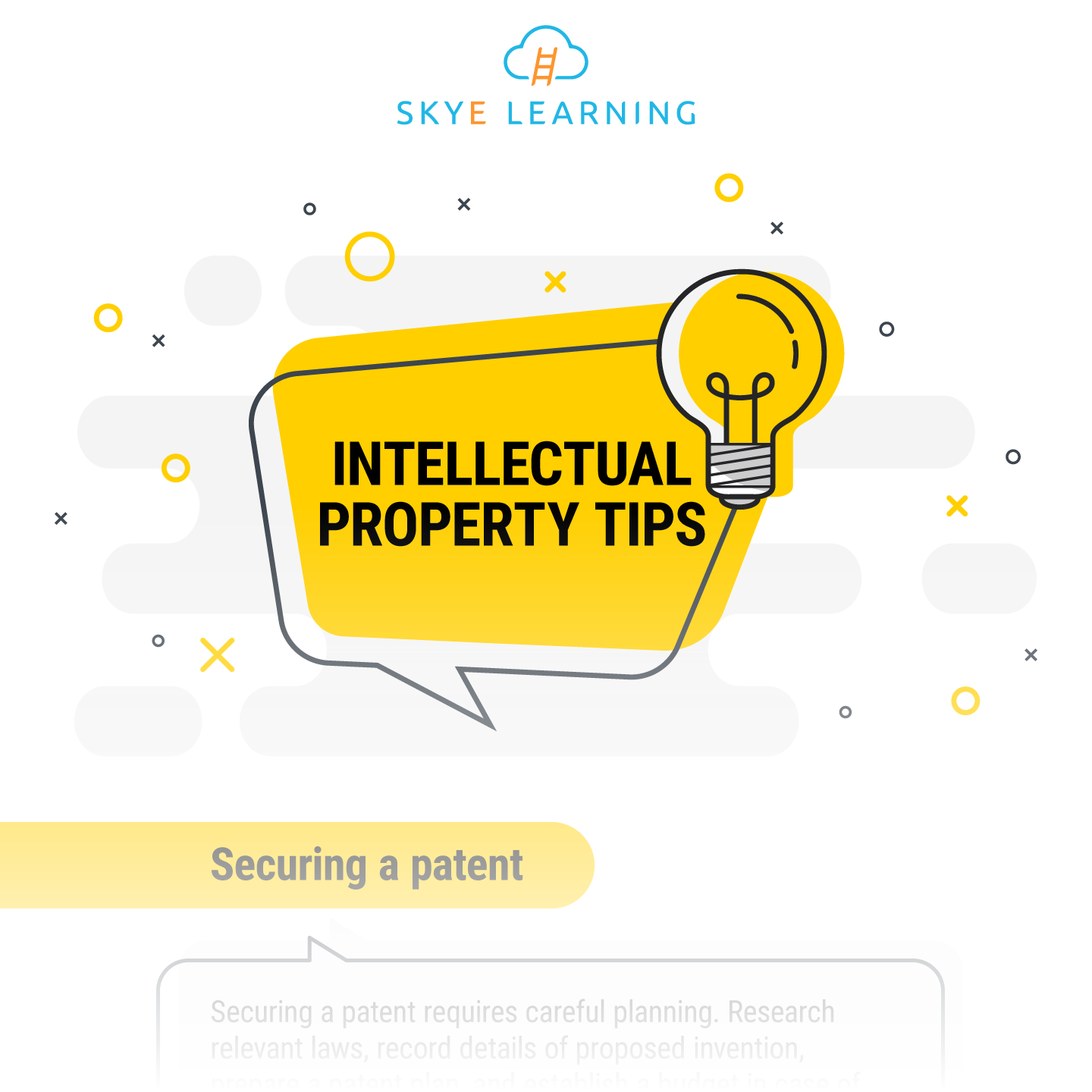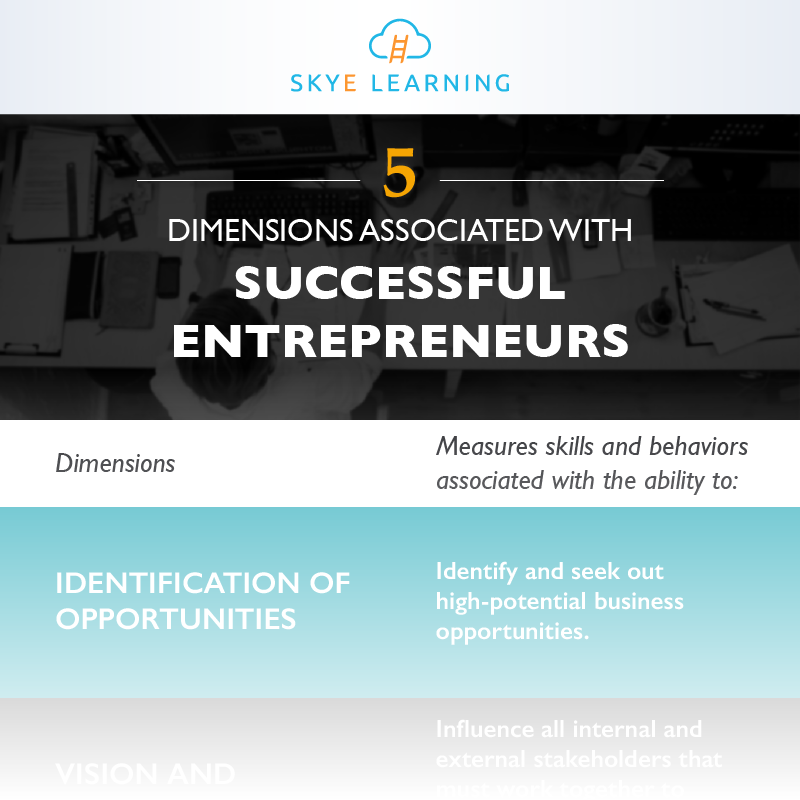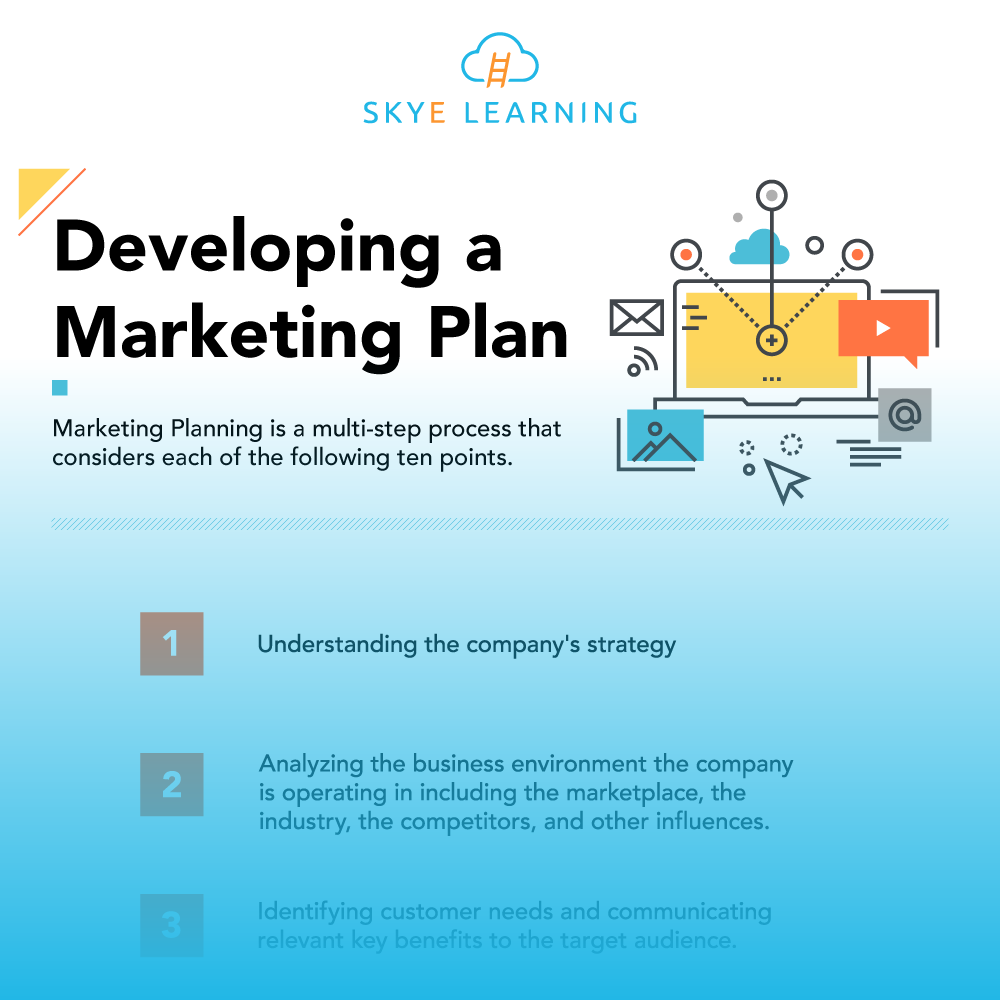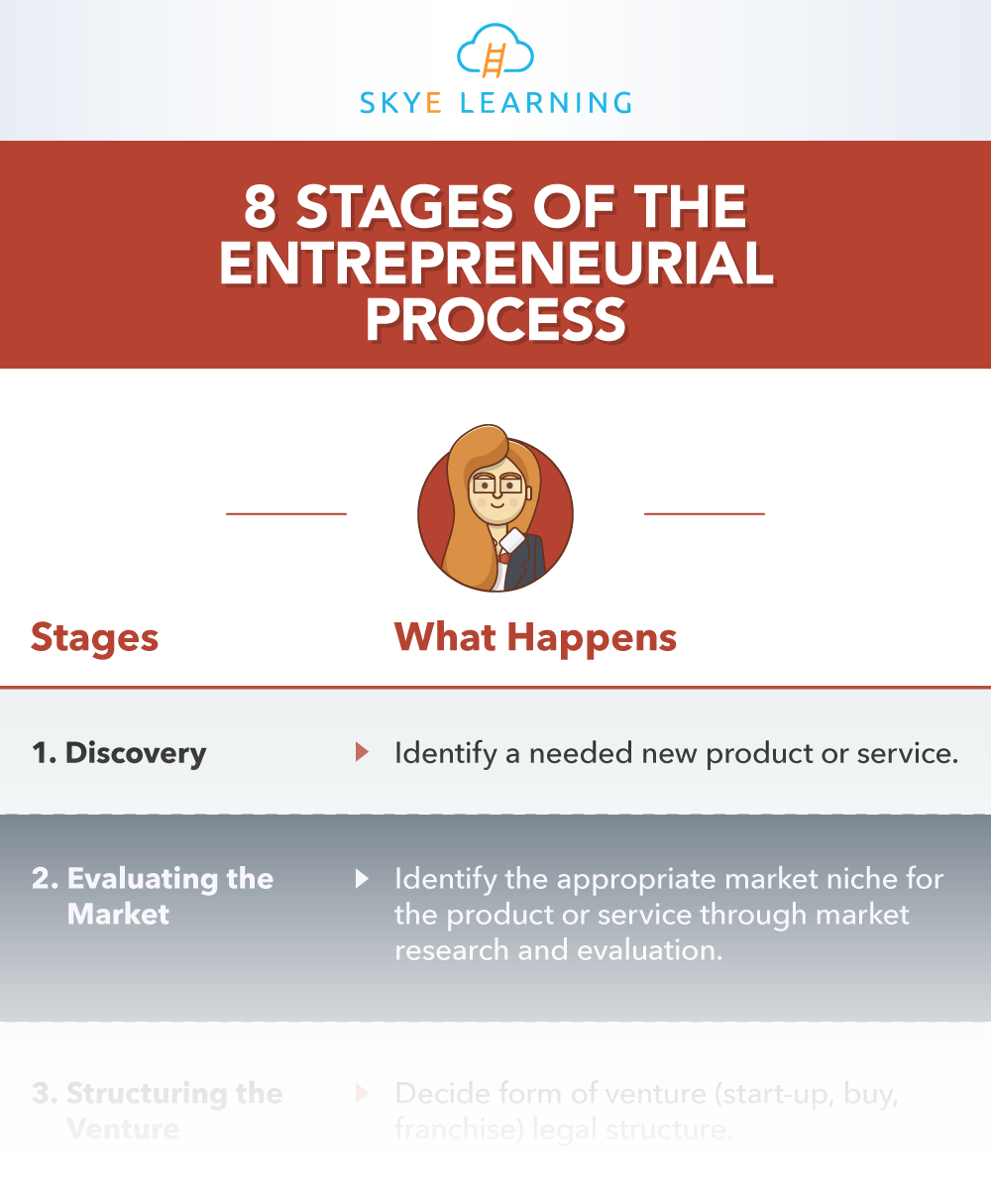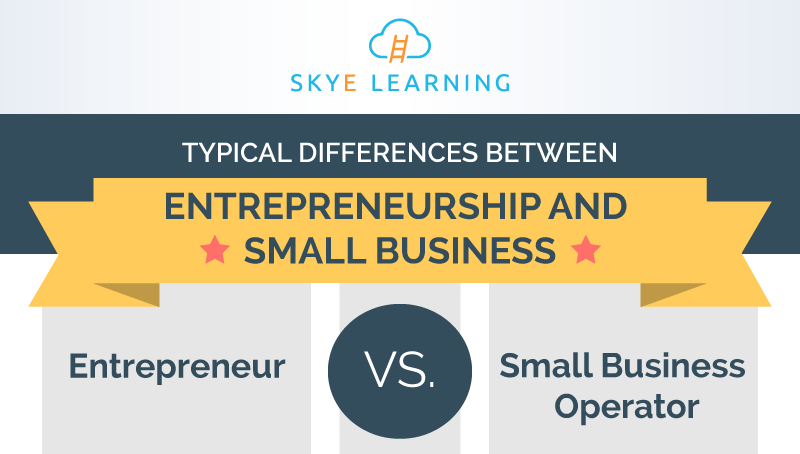Whether you're planning on buying your favorite neighborhood laundromat or expanding your network of Krispy Kreme donut franchises, you're probably going to need some type of business financing. If purchasing a business, you will likely need acquisition financing, but beyond that, you'll need readily available capital so you can invest in inventory, facilities, marketing, and staffing to ensure a profitable and growing business.
6 Questions to Ask Before Taking on a Business Loan
5 Need-to-Know Characteristics of Millennial Buyers
Buyers are evolving faster than sellers.
A major factor in the growing gap between buyer and seller is the rise of millennial decision-makers. There are more than 11 million Millennials worldwide on LinkedIn alone. Mobile technology, increased information, more market transparency, and data analytics are some of the elements shaping how Millennials make buying decisions for their organizations. Sellers must adapt to the following shifts in order to win the attention, business, and loyalty of millennial buyers. Check out our latest infographic for five need-to-know characteristics of millennial buyers.
Intellectual Property Tips
In business, intellectual property can (and often does) represent a major part of a company's value. Entrepreneurs must therefore be alert to preserving and protecting the intellectual property rights of their businesses against infringement. They also need to understand how the principal forms of intellectual property rights (patents, copyrights, and trademarks) operate in the everyday business world.
Subject Matter Expert Spotlight: Kim Dawson
This week, Skye Learning is spotlighting Kim Dawson, a business strategist, management consultant, and virtual CFO for small businesses. Dawson’s expert commentary is featured in Skye’s Introduction to Small Business Management.
Dawson has significant experience in the field as former Business Owner of The Wellness company, a fitness studio and consulting practice. She was also Co-Owner of Atalasoft, a software company providing high-performance imaging libraries. Now, through K.Dawson Company, she helps small business owners set financial goals, increase revenue, improve sustainability, and more.
Subject Matter Expert Spotlight: Dani Whitestone
Dani Whitestone is an accomplished entrepreneur and business coach with more than 20 years experience managing small businesses and mentoring small business owners. She was President and Founder of Musical Resources as well as Co-Founder and Director of Sales and Marketing for TurboLaw Software.
In 2018, Whitestone founded the Women’s Small Business & Leadership Network, where she serves as a small business mentor. This community offers support and mentorship for women small business owners; women interested in participating can join now on Facebook.
5 Dimensions Associated with Successful Entrepreneurship
What behaviors and traits do successful entrepreneurs share? Research at Harvard Business School by Lynda Applegate, Janet Kraus, and Timothy Butler suggests that of eleven dimensions of entrepreneurship, founders (successful entrepreneurs) commonly excel in five key areas. The following infographic outlines those dimensions.
10 Steps for Developing a Marketing Plan
For entrepreneurs, a marketing plan is an essential resource, as it outlines the new venture's approach to attracting potential customers and convincing them to buy the products or services. It can also be used to obtain funding from investors.
Entrepreneurs rely on marketing plans to quantify expected marketing goals and results and provide a reference point for the organization; they also offer structure and direction for the marketing effort. In addition, a marketing plan can be employed to communicate marketing strategy and objectives to others in the organization.
8 Stages of the Entrepreneurial Process
When starting a new venture or business, there is a sequential process that you can follow to help you stay on course. This process can be broken down into eight stages, starting with discovery and ending with implementation.
Much of the entrepreneurial process is focused on developing a product or service and planning how to successfully introduce it into the marketplace. To do this successfully, you need strong leadership in place. Leadership is particularly central to Stage Four: Strategic Planning, in which the vision for the venture is established.
Differences between Entrepreneurship and Small Business
There is a difference between being an entrepreneur and running and owning a small business. While it is true that most successful businesses start small, the approach that an entrepreneur takes differs from that of a small business owner.
The following infographic summarizes some of those key differences.
Advice to Entrepreneurs: Keep it Simple – and Clean
Sure, you’ve got a great idea for a new company. But will potential investors think it’s great enough to fund? Smaiyra Million – former operating partner at a major venture-capital firm and now director of strategic initiatives at the Babson College Center for Women’s Entrepreneurial Leadership – has sound advice. You need to keep your vision clear and simple, she says in our latest Skye Learning video – and you’ve got to have clean and well-documented data to show the money people.






